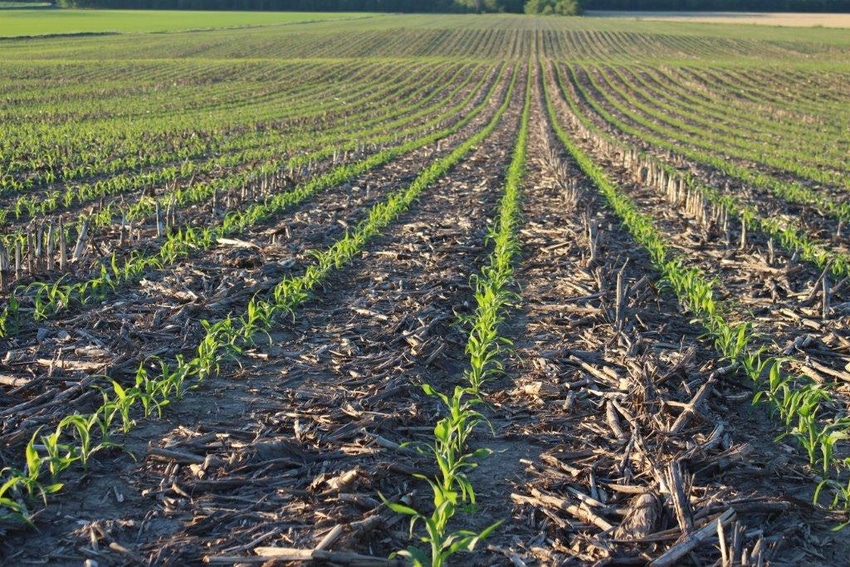June 2, 2017

With all the technology and tools available to assist in scouting efforts these days, it might be too easy to say scouting is easy. Truth be told, we all still miss something occasionally. Kyle Freeman, director of new product development for The Mosaic Co., has identified a few tips to keep in mind that might benefit growers and crop consultants this scouting season:
• Don’t jump to conclusions. The longer you’ve been in this business, the easier it is to immediately attribute a problem based purely on your first instinct. That can be both good and bad at the same time. Sometimes, the problem lies deeper than what we first see.
For instance, many people see stunted or yellow corn and they automatically jump to the conclusion that it’s due to nitrogen deficiency. While that may be the case, the cause of the stunted or yellow corn could be soil compaction, meaning all the rescue treatments in the world won’t fix the problem.
When it comes to nutrient deficiency, sometimes symptoms can be quite similar. It’s important to back up your instincts with data through soil sampling and tissue testing.
• Make your investments count. The biggest scouting mistake is not scouting. But it’s also important to take certain steps to ensure you’re making the most of scouting investments, whether they are testing, or just the time you’re spending in the field.
One of the biggest mistakes is simply not getting out of the truck. You want to be sure to vary what you’re seeing by getting deep into different parts of the field and seeing firsthand, up close, what your crop looks like.
For those soil-sampling and tissue-testing this year, you also want to be sure you get a quality sample. It’s important to get as close as possible to the lab’s requested sample depth — typically, 6 inches or 8 inches — otherwise, your results will be inaccurate. If you send a 4-inch sample to a soil testing lab that has all of its calculations calibrated to an 8-inch sample depth, you’ve lost a critical amount of accuracy.
The same can be said for tissue samples. Be sure you’re turning over exactly what the lab needs to best analyze that plant. The quality of the samples is an essential part of interpreting those results.
• Utilize new tools. Many new tools are available to help crop scouts, and those wishing to push yield should take a look at what they might add to their scouting arsenals.
For instance, a variety of apps for smartphones and tablets will help you diagnose nutrient deficiencies immediately. Sensing technology provides the opportunity for variable-rate nitrogen application based on actual need.
Also, interest in remote sensing tools is high now. They help you determine where you should scout. A satellite image can tell you what parts of the field need a closer look, adding valuable information to your scouting process that would be otherwise impossible to obtain.
Of course, the most important part of scouting is doing it. Get farther into the field this summer, be diligent about sampling techniques, put a new tool in the toolbox, and you just might find career-best yields. For more information about scouting and soil fertility, visit cropnutrition.com.
Source: The Mosaic Co.
You May Also Like




